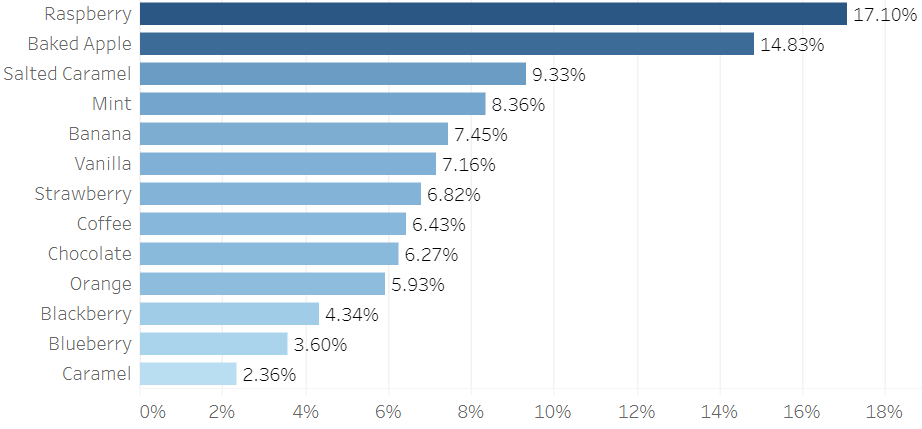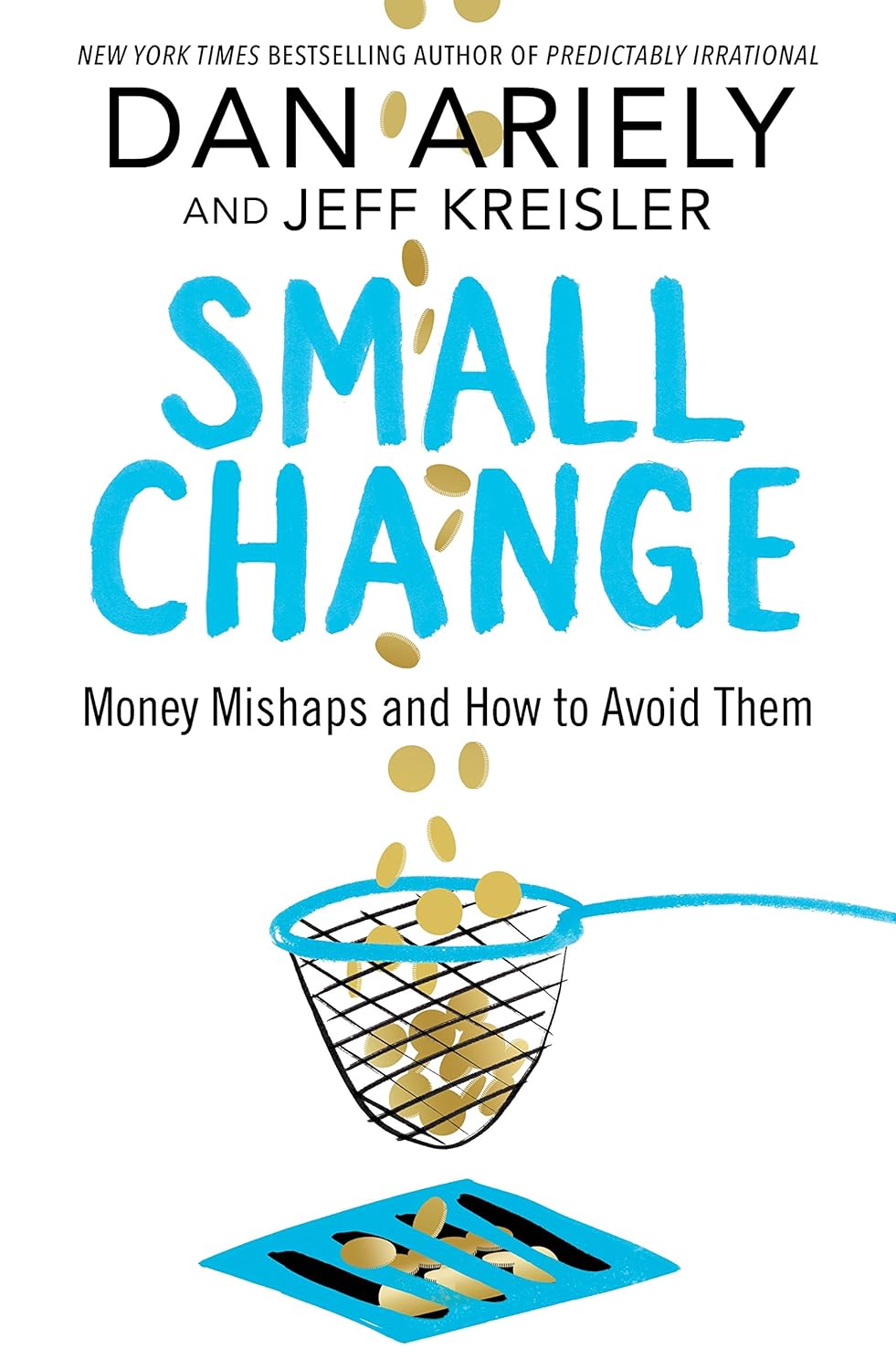MaxDiff in Price Research:
 PriceBeam
·
4 minute read
PriceBeam
·
4 minute read
MaxDiff, or Maximum Difference Scaling, is a powerful research technique used to measure preference or importance of various attributes, features, or items. It is also known as Best-Worst Scaling and has been widely adopted in marketing, product development, and social sciences. In new product development, it can be used to identify the most valued features, refine concepts, and optimize marketing messages. This article provides an in-depth understanding of MaxDiff, its theoretical underpinnings, and its application in new product development.
1. Theoretical Underpinnings of MaxDiff
MaxDiff is grounded in Thurstone's Law of Comparative Judgment, which posits that when people are asked to compare items, they can make more accurate judgments of differences between items than when they are asked to assign an absolute value to each item. In other words, people are better at ranking or comparing items relative to one another rather than assigning a numerical value to them.
Building on Thurstone's work, Louviere (1991) developed the MaxDiff approach, which involves presenting respondents with a series of sets, each containing a fixed number of items (usually 4-6). Respondents are asked to select the best and worst items in each set, based on their preferences or importance. The data collected through this process are then analyzed using advanced statistical techniques to produce preference scores for each item.
2. Advantages of MaxDiff over Traditional Rating Scales
MaxDiff offers several advantages over traditional rating scales, such as Likert scales or semantic differential scales. Some of the key benefits include:
- Improved Discrimination: MaxDiff forces respondents to make trade-offs between items, leading to greater discrimination between the items and a more accurate reflection of respondents' true preferences or importance.
- Reduced Scale Use Bias: Traditional rating scales are prone to scale use bias, where some respondents tend to use only a limited range of the scale (e.g., only using the extreme points). MaxDiff eliminates this bias by forcing respondents to choose the best and worst items within each set.
- Cross-Cultural Comparability: As MaxDiff does not rely on absolute numerical ratings, it is less affected by cultural differences in the use of rating scales, making it more suitable for cross-cultural research.
- Minimal Context Effects: The forced choice nature of MaxDiff reduces the impact of context effects, such as primacy or recency effects, which can influence the results of traditional rating scales.
3. Applying MaxDiff in New Product Development
MaxDiff can be used at various stages of new product development to generate valuable insights that can guide decision-making.

Some of its applications include:
- Identifying Key Features: By presenting respondents with a series of sets containing various product features, MaxDiff can be used to identify the most valued features that should be included in a new product. This information can help prioritize development efforts and allocate resources effectively.
- Refining Product Concepts: MaxDiff can be used to test different product concepts or prototypes by asking respondents to evaluate the best and worst attributes of each concept. The results can help identify which elements of the concepts are most appealing and which need improvement, allowing for informed modifications and refinements.
- Optimizing Marketing Messages: MaxDiff can also be used to identify the most persuasive marketing messages by asking respondents to evaluate a series of potential messages. This information can be used to craft marketing campaigns that resonate with the target audience and drive product adoption.
- Segmenting Customers: By examining the preference scores generated through MaxDiff analysis, marketers can identify distinct customer segments with varying preferences or priorities. This information can be used to tailor product offerings or marketing messages to different segments, improving the overall effectiveness of marketing efforts.
4. Conducting a MaxDiff Study
To conduct a MaxDiff study for new product development, follow these
steps:
- Define the Objective: Clearly outline the research objective and determine how the results will be used in the product development process. This will guide the design of the study, the selection of items, and the interpretation of results.
- Select the Items: Identify a comprehensive list of items (attributes, features, messages, etc.) relevant to the research objective. The number of items should be manageable, typically between 10-30, to avoid respondent fatigue and ensure reliable results.
- Design the MaxDiff Experiment: Create a balanced experimental design that ensures each item appears an equal number of times and is paired with every other item at least once. This can be achieved using specialized experimental design software or consulting an expert in experimental design.
- Administer the Survey: Distribute the survey to a representative sample of the target population, ensuring a sufficient sample size for reliable results. The survey can be administered through various channels, such as online, in-person, or via phone interviews.
- Analyze the Data: Analyze the collected data using advanced statistical techniques, such as multinomial logit modeling, hierarchical Bayes estimation, or latent class analysis. These methods estimate preference scores for each item and can also account for individual-level differences or segment preferences.
- Interpret the Results: Examine the preference scores and rank the items according to their importance or preference. Identify patterns or differences across customer segments, if applicable, and draw conclusions that inform the product development process.
- Apply the Insights: Use the results to guide decision-making in the product development process, such as prioritizing features, refining concepts, or tailoring marketing messages to different segments. Monitor the impact of these decisions on product performance and make adjustments as needed.
5. Challenges and Limitations of MaxDiff
While MaxDiff offers numerous advantages over traditional rating scales, it is not without its challenges and limitations:
- Cognitive Burden: MaxDiff can be cognitively demanding for respondents, especially if the items are complex or the number of sets is high. This can lead to fatigue, satisficing, or random responding, which may impact the reliability of results.
- Presentation Order Effects: Although MaxDiff reduces context effects, presentation order effects may still occur if the order in which sets are presented influences respondent choices. To minimize this, consider using a balanced design and randomizing the presentation order.
- Interpretation of Results: The preference scores generated through MaxDiff are relative, not absolute, making it challenging to determine the absolute importance or preference for an item. Additionally, the scores are on a ratio scale, meaning that only the relative differences between scores are meaningful, not the absolute values.
- Noisy Data: MaxDiff data can be noisy due to random responding or other factors. Advanced modeling techniques can help account for this noise, but the quality of the results will depend on the quality of the data collected.
6. Conclusion
In conclusion, MaxDiff is a versatile and powerful research technique that can provide valuable insights for new product development. By understanding its theoretical underpinnings, advantages, and applications, as well as the challenges and limitations, researchers and product developers can effectively leverage MaxDiff to make informed decisions and create successful products that resonate with their target audience.
Check out PriceBeam's Ranking Analysis market research type that is based on the MaxDiff methodology by visiting our website here.
.png?width=400&height=100&name=PBLogoTransparent%20(1).png)



